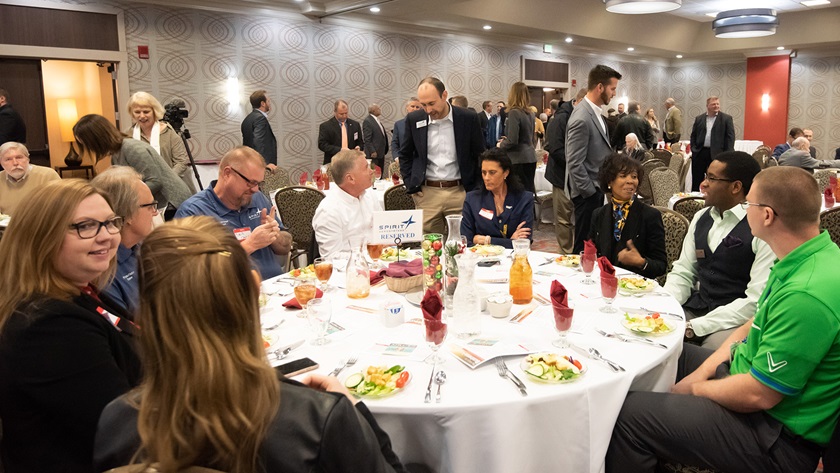Industry leaders outline GA challenges for Wichita audience
The Wichita Aero Club celebrated its tenth anniversary by inviting a group of industry leaders to an On-Air Summit to provide an update on the state of general aviation.
Moderated by Molly McMillin, editor in chief of the Weekly of Business Aviation, and streamed to the internet, the panel noted GA had survived the economic decline of a decade ago better than some might have expected given predictions at the time.
AOPA Senior Vice President of Media, Communications, and Outreach Tom Haines noted that while some parts of the FAA have been slow to respond to change, others have been willing to work with the avionics industry to create new pathways for approving the use of non-TSOed systems from the experimental world in certified airplanes, which has been especially helpful to owners of legacy airplanes.
Paula Derks, president of the Aircraft Electronics Association, said many member avionics shops are booked well into the future, with the business primarily driven by Automatic Dependent Surveillance-Broadcast (ADS-B) Out installations, which will be required by Jan. 1, 2020. Only about 62,000 aircraft are equipped with the system—of an estimated 160,000 that need it. It will be required in areas where a transponder is required today. Given the slow pace of ADS-B installs, the industry will be challenged to meet the demand, Derks suggested. As a result, some aircraft will be shut out of the airspace at that point.
Bunce predicted that some older turbine airplanes with low hull values would likely be grounded after factoring in the cost and practicality of ADS-B equipage and other upcoming mandates.
A healthy GA infrastructure requires a strong cadre of workers, reminded Jack Pelton, chairman and CEO of the Experimental Aircraft Association. Satisfying the pilot and mechanic shortage for the airlines requires companies, communities, and the state and federal governments to work together to come up with creative solutions.
Ed Bolen, president of the National Business Aviation Association, concurred and noted that the recently passed five-year FAA reauthorization bill includes language that will make it easier for the federal government to fund work force programs.
Haines noted that AOPA’s free high school aviation curriculum is today introducing some 2,000 ninth-grade students across the country to the opportunities related to aviation. With an emphasis on science, technology, engineering, and math, the AOPA You Can Fly High School Initiative curriculum in its inaugural year is already in use by some 80 schools. Meanwhile, curriculum for grades 10 through 12 is in development, as are plans to distribute the curriculum to even more schools next year. The program is funded in part by donations to the AOPA Foundation.
The industry leaders acknowledged that many of those future pilots may be piloting aircraft unlike those in use today. Drones, flying cars, and airborne urban transport aircraft, such as electric vertical takeoff and landing aircraft, will be in use in the not-too-distant future. Bunce said the industry and the FAA are already hard at work mapping out how these new vehicles will be incorporated into the national airspace system.
The You Can Fly program is funded by charitable donations to the AOPA Foundation, a 501(c)(3) organization. To be a part of the solution, visit www.aopafoundation.org/donate.




